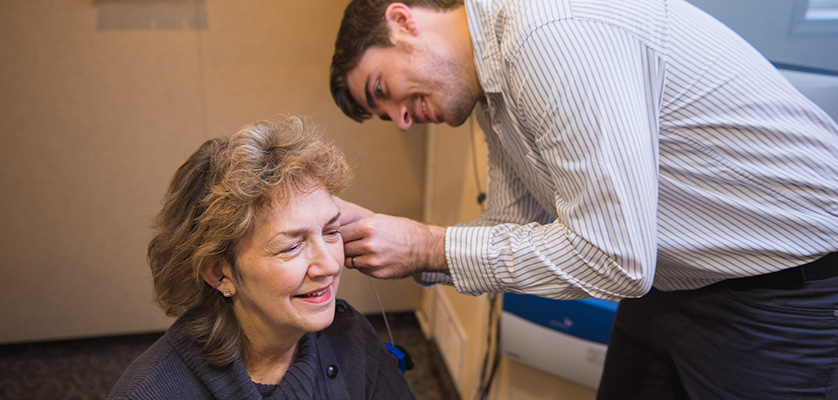
Otoacoustic Emissions
Used to find out how well your inner ear, or cochlea, works

Otoacoustic Emissions: A Powerful Tool for Hearing Assessment
Otoacoustic emissions (OAEs) are sounds that are produced by the inner ear and can be measured in the ear canal. They are generated by the vibration of the outer hair cells (OHCs), which are specialized cells that amplify and tune the sound signals in the cochlea. OAEs reflect the function and integrity of the OHCs and can be used to assess hearing sensitivity and diagnose hearing disorders.
There are different types of OAEs, depending on how they are elicited and measured. The most common ones are spontaneous OAEs (SOAEs), transient evoked OAEs (TEOAEs), and distortion product OAEs (DPOAEs). SOAEs are sounds that are emitted by the ear without any external stimulation. They are present in about 50% of normal-hearing individuals and are more common in females than males. TEOAEs are sounds that are evoked by a brief click or tone burst stimulus. They have a broad frequency spectrum and can be used to test hearing across a wide range of frequencies. DPOAEs are sounds that are generated by the interaction of two pure tones of different frequencies. They have a narrow frequency spectrum and can be used to test hearing at specific frequencies.
OAEs have many advantages over other methods of hearing assessment, such as pure tone audiometry or auditory brainstem response (ABR). OAEs are objective, non-invasive, fast, and easy to perform. They do not require any behavioral response from the patient and can be used in infants, children, and adults. OAEs can detect mild to moderate hearing loss and can identify cochlear damage before it affects the auditory nerve. OAEs can also monitor changes in cochlear function over time and evaluate the effects of noise exposure, ototoxic drugs, or cochlear implants.
OAEs are a powerful tool for hearing assessment and diagnosis. They provide valuable information about the health and function of the inner ear and can help identify hearing problems at an early stage. OAEs can also be used for screening purposes, such as newborn hearing screening or occupational hearing screening. OAEs can help prevent or reduce the impact of hearing loss on communication, education, and quality of life.
Schedule your consultation at our Huntington office or to find out more about hearing tests, contact us at
(631) 271-6263.
